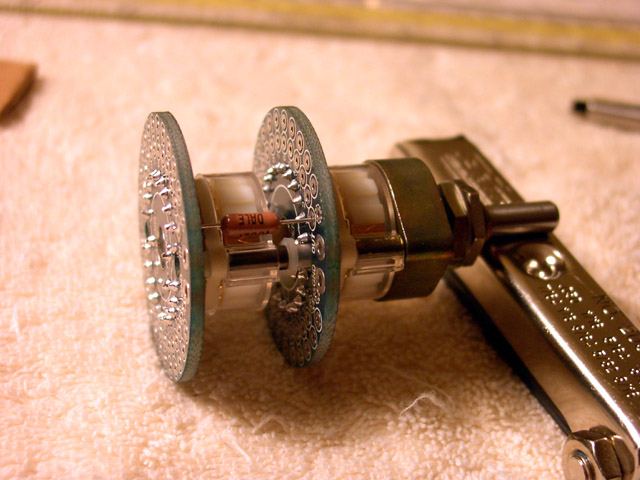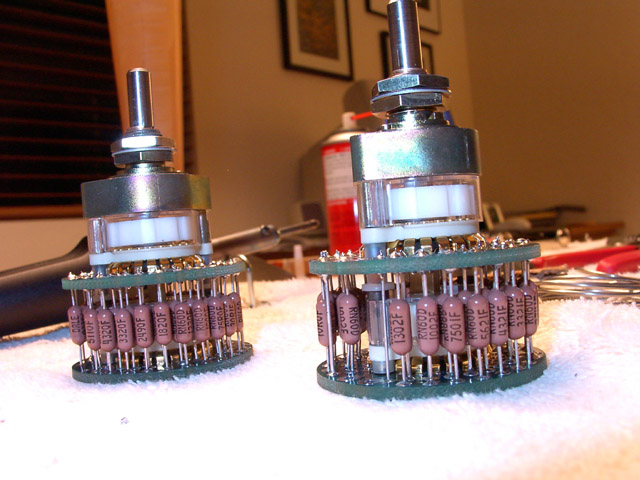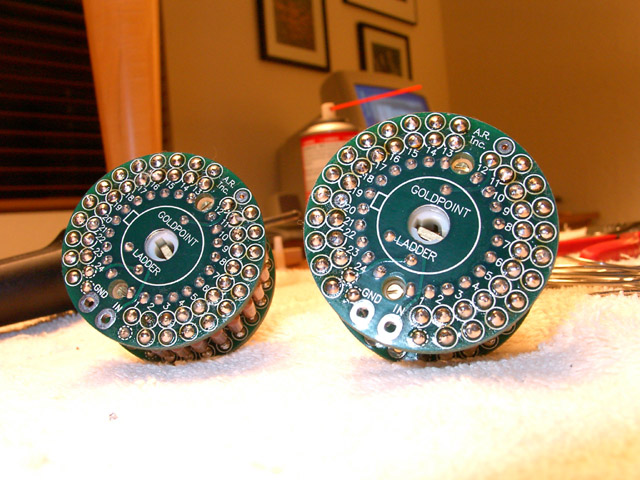restorer-john
Grand Contributor
the overall point is that the SNR of active preamps typically drops 1:1 as you reduce the volume
Plenty of preamps where the volume control sits up front of the flat gain/tone/filter/buffer stages, sure.
But there's also a lot of better vintage preamps that used active buffered inputs and low value (~<10k) dual ganged volume pots, where both the input gain stage and the final stage buffer are controlled by the volume. They better maximised the S/N over the full range of volume settings.
I'm not aware of many (or any) new offerings using similar tactics. Mainly due to the proliferation of balanced IPs, which would double the number of gangs required from 2-4-8 for such a setup.
Last edited:




